Restaurant Kitchen Floor: Choosing the Best Option
A restaurant kitchen floor must withstand heavy foot traffic, spills, grease, and constant cleaning while providing a safe, slip-resistant surface for staff. The right flooring can improve efficiency, reduce accidents, and meet health code requirements. With so many options available—from epoxy to vinyl, tile to concrete—selecting the best material depends on budget, maintenance needs, and kitchen layout. Let’s discuss the top flooring choices for restaurant kitchens, their pros and cons, and key factors to consider before making a decision.

Key Factors to Consider When Choosing Kitchen Flooring
Durability is the most important factor, as restaurant floors endure constant abuse from dropped utensils, rolling carts, and heavy equipment. The material should resist scratches, dents, and stains while maintaining its appearance over time. Slip resistance is another critical feature, as wet and greasy conditions increase fall risks. Look for textured surfaces or coatings that provide traction even when wet.
Ease of cleaning is essential for meeting health and safety standards. Floors must be non-porous to prevent bacteria growth and should withstand frequent mopping with strong disinfectants. Some materials, like sealed concrete, are easier to maintain than others. Cost is also a consideration—while some options have a higher upfront price, they may save money in the long run due to lower maintenance and replacement needs.
The kitchen’s layout and workflow should influence the flooring choice. High-traffic areas may need reinforced flooring, while zones near fryers or dishwashing stations require extra heat and water resistance. Consulting with a flooring specialist can help determine the best material for specific kitchen needs.

Epoxy Flooring: A Durable and Seamless Option
Epoxy flooring is a top choice for restaurant kitchens due to its seamless, non-porous surface that resists stains, grease, and bacteria. It’s made by applying multiple layers of epoxy resin over concrete, creating a tough, chemical-resistant finish. This makes it ideal for environments where spills and heavy cleaning are daily occurrences. Epoxy can also be customized with slip-resistant additives and decorative flakes for better traction and aesthetics.
One of epoxy’s biggest advantages is its durability—it can last for decades with proper maintenance. Unlike tile, it has no grout lines where dirt and bacteria can accumulate. However, professional installation is crucial, as improper application can lead to peeling or bubbling over time. Epoxy floors can also feel hard underfoot, which may cause fatigue for staff who stand for long hours.
Maintenance is relatively simple, requiring regular sweeping and mopping with mild cleaners. Avoid abrasive tools that could scratch the surface. While epoxy has a higher initial cost than some options, its longevity and low upkeep make it a cost-effective investment for busy kitchens.

Quarry Tile: A Classic and Reliable Choice
Quarry tile, made from natural clay, has been a restaurant kitchen staple for decades due to its durability and slip resistance. Its unglazed surface provides excellent traction, even when wet, reducing the risk of slips and falls. Quarry tile is also highly resistant to heat, making it ideal for areas near ovens and fryers.
One downside is that quarry tile is porous and requires sealing to prevent stains and bacterial growth. Grout lines can also trap grease and dirt, demanding frequent deep cleaning. However, its rugged construction means it can handle heavy equipment and high foot traffic without cracking or wearing down quickly.
Installation costs can be higher than other options due to the labor-intensive process of laying individual tiles. Still, its long lifespan and timeless appearance make it a worthwhile investment for many restaurant owners. Pairing quarry tile with an antimicrobial grout can further improve hygiene.
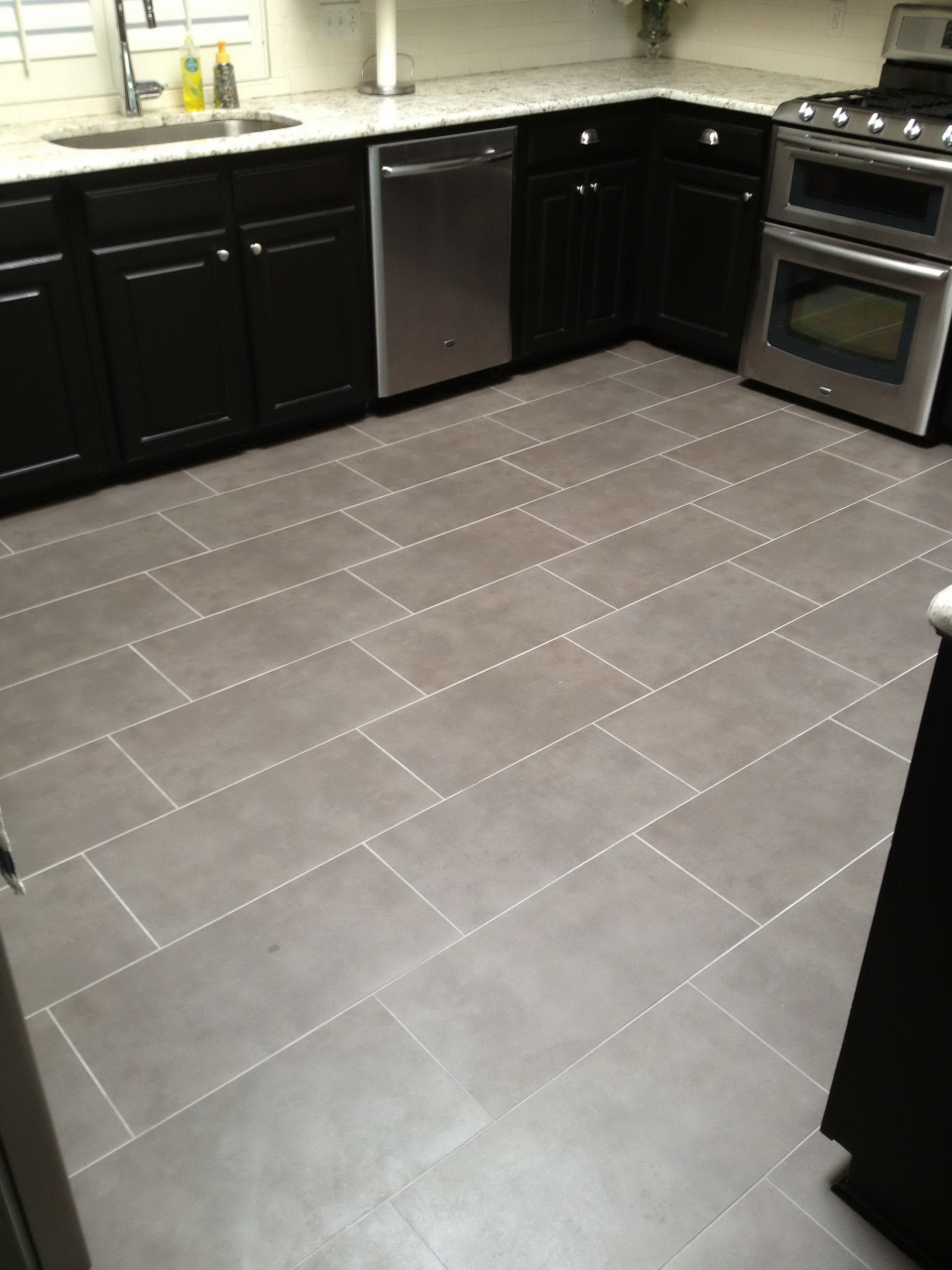
Vinyl Flooring: Affordable and Low-Maintenance
Vinyl flooring, particularly luxury vinyl tile (LVT) or sheet vinyl, is a budget-friendly option that offers water resistance and comfort underfoot. Modern vinyl comes in designs that mimic tile or stone, providing a professional look without the high cost. Its flexibility makes it quieter and more forgiving than harder surfaces, reducing noise and fatigue for kitchen staff.
Sheet vinyl is seamless, preventing moisture and bacteria from seeping into cracks. Vinyl planks or tiles with tight locking systems also offer good spill protection. However, low-quality vinyl can tear or dent under heavy equipment, so choosing a commercial-grade product is important.
Cleaning vinyl is simple—regular sweeping and damp mopping with a pH-neutral cleaner keep it looking new. Avoid harsh chemicals that could break down the material over time. While not as durable as epoxy or tile, vinyl is a practical choice for smaller restaurants or those needing a quick, cost-effective flooring update.

Sealed Concrete: Industrial Strength and Easy Upkeep
Sealed concrete is a popular choice for modern restaurant kitchens due to its industrial look and extreme durability. When properly sealed, it resists moisture, stains, and chemicals, making it easy to clean and maintain. Polished concrete can also be treated with anti-slip additives for better safety.
One advantage of concrete is its thermal properties—it stays cool, which can help regulate kitchen temperatures. However, its hardness can be tough on employees’ legs and backs during long shifts. Anti-fatigue mats in workstations can help alleviate this issue.
While concrete is long-lasting, it can develop cracks over time, especially if the subfloor shifts. Regular resealing (every few years) is necessary to maintain its protective layer. Despite this, its low cost and minimal maintenance make it a favorite for high-traffic commercial kitchens.

Rubber Flooring: Comfort and Slip Resistance
Rubber flooring is an excellent option for kitchens where employee comfort and safety are top priorities. Its cushioned surface reduces fatigue and absorbs sound, creating a quieter work environment. Rubber is naturally slip-resistant, even when wet, and provides good traction in greasy conditions.
This material is also resistant to oils and chemicals, making it easy to clean with standard floor cleaners. However, rubber can absorb strong odors over time, so proper ventilation is important. It’s available in tiles or rolls, with interlocking designs for easy installation.
While rubber is durable, it may not be as heat-resistant as tile or epoxy, so it’s best suited for areas away from direct flame exposure. Its higher cost can be a drawback, but the added comfort and safety benefits often justify the investment for busy kitchens.

Making the Best Choice for Your Restaurant Kitchen
Each flooring material has its strengths, and the best choice depends on the kitchen’s specific needs. Epoxy and quarry tile offer unmatched durability, while vinyl and rubber provide comfort and easier installation. Sealed concrete balances affordability with low maintenance.
Consider consulting a flooring expert to assess traffic patterns, moisture exposure, and cleaning requirements before making a decision. Investing in the right floor improves safety, efficiency, and compliance with health regulations.
Ultimately, the best restaurant kitchen flooring is one that withstands daily wear, keeps staff safe, and simplifies cleaning—ensuring a hygienic and productive workspace for years to come.

Restaurant Kitchen Floor Plan Layouts

Commercial Kitchen Design Restaurant Design
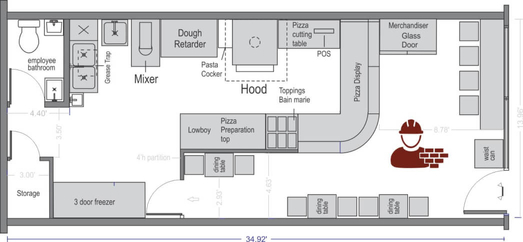
Restaurant Floor Plan – How to Create a Restaurant Floor Plan

How to Design a Restaurant Floor Plan: 10 Restaurant Layouts and
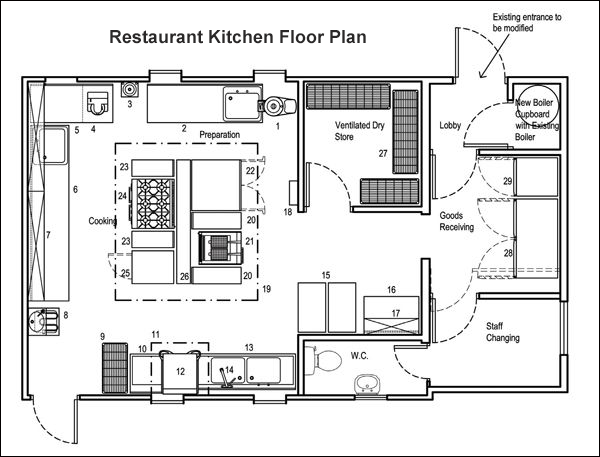
This is a group project assignment that has been

Restaurant Floor Plan: Designing One That Draws Diners In
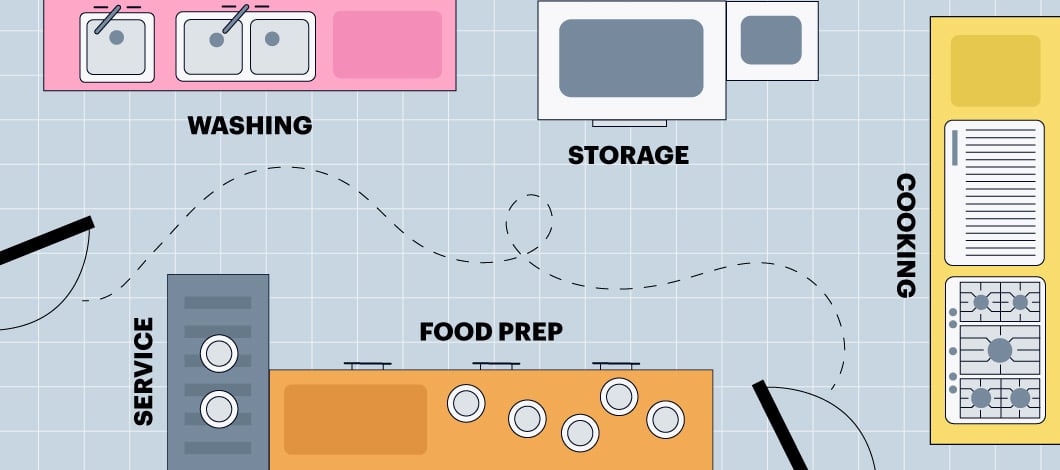
How to Design a Restaurant Floor Plan: Restaurant Layouts
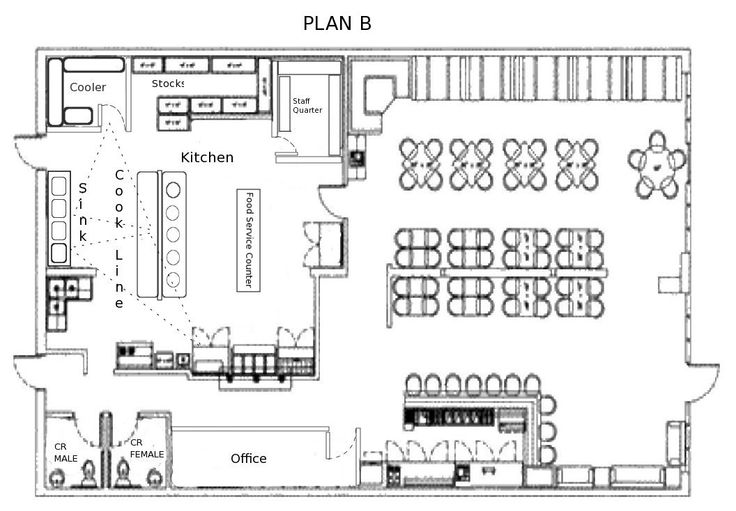
Principles of Commercial Kitchen Floor Plans for Efficient Flow

Related articles: